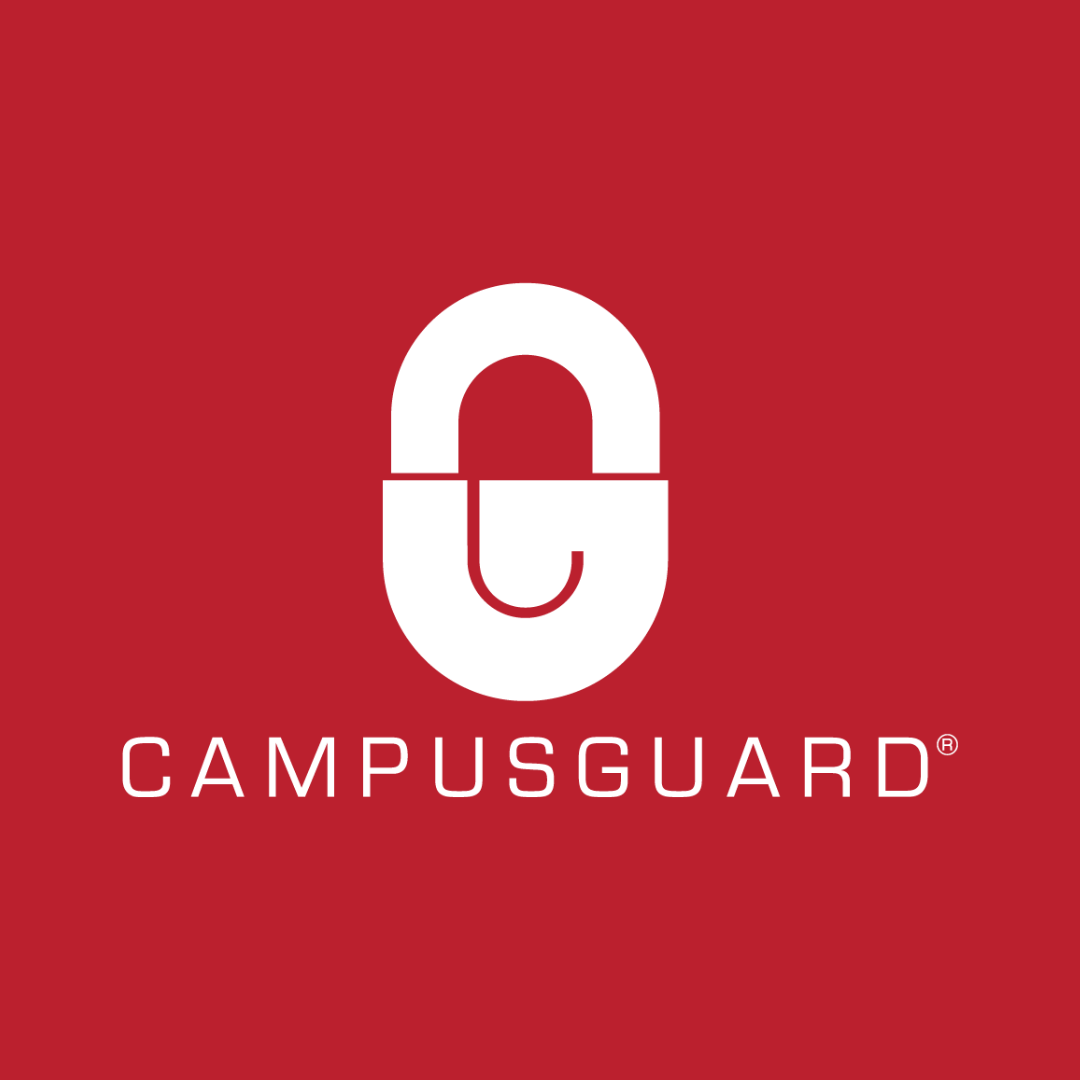
Campus digital commerce spans everything from admissions deposits to bookstore sales, athletics tickets, housing payments, and donations. These systems often involve a mix of open source CMS (WordPress, Drupal, Moodle), custom-built apps, and numerous vendor platforms.
Complex e-commerce systems are vulnerable to misconfiguration, outdated components, and unmonitored scripts, making them prime targets for attackers.
Real-World Breaches on Campus-Adjacent Platforms
- Ticketing Systems Under Attack
In a high-profile 2023 incident involving a popular campus ticketing platform, attackers injected malicious code that skimmed payment data, prompting breach disclosures, investigations, and class-action settlements. The parent pages embedding those forms were squarely in scope for PCI DSS script management requirements. - Bookstore Platform Compromise
Another case involved over 200 online campus bookstores across hundreds of U.S. and Canadian institutions. These sites were compromised by digital skimmers (“Magecart” attacks) that harvested card data through embedded scripts connected to vendors.
These incidents illustrate that even platforms not built or owned entirely in-house can expose e-commerce systems to serious attacks, especially when third-party scripts are left unchecked.
Common Vulnerabilities Facing Campus Teams
- Unpatched CMS Platforms and Plugins
- WordPress/WooCommerce: CVE-2023-28121 allowed authentication bypass in WooCommerce Payments, enabling attackers to hijack admin sessions and install skimmers.
- Drupalgeddon 2: Drupal CVE-2018-7600 remains a frequent target on outdated instances. Many still exist quietly across campuses.
- Moodle RCE Vulnerability: CVE-2024-43425 has demonstrated how adjacent portal systems can be leveraged to inject malicious code or escalate privileges toward payment pages.
- Misconfigured Web Servers and Headers
Exposed directories, permissive error messages, or missing security headers (like Content-Security-Policy or X-Content-Type-Options) can expose sensitive files or facilitate script injection. These issues significantly raise the risk of e-skimming attacks. - Uncontrolled Third-Party Scripts and Vendor Integrations
Higher education institutions often rely on scripts from payment processors, analytics platforms, ad partners, or bookstore vendors. Without real-time monitoring, these scripts can be quietly modified, introducing skimmers or PII exfiltration without detection. - Degrees of Separation: Parent Pages in Scope
Even when paying via an embedded iframe, PCI DSS now treats the hosting (parent) page as part of the security scope. That means all scripts and headers there must be inventoried, authorized, and monitored for changes (requirements 6.4.3 and 11.6.1).
Immediate Actions for Campus Teams
- Inventory All Scripts on E-Commerce and Parent Pages
Keep a live catalog of every script and note its source, purpose, and business justification. Hardware-only inventories or spreadsheets only work if updated weekly, and that’s hardly scalable at most campuses. - Prioritize Patch Management
Treat plugin updates and CMS patches as high-priority security matters. If a vulnerability like WordPress CVE-2023-28121 or Drupalgeddon exists, treat it like a live incident response. - Set Up Change Monitoring and Tamper Detection
Track HTTP header changes and script modifications on payment pages (and their parent pages) at least weekly. Better yet: automate detection and alerting so you can respond before data is exfiltrated. - Vet Vendors with Script-Specific Oversight
Require vendors to supply proof of change control, code integrity, and script monitoring. Practices like completing HECVAT assessments or demanding documentation of weekly checks can bridge oversight gaps.
CampusGuard’s ScriptSafe: Simplified, Behavior-Based Protection
When manual controls aren’t enough, ScriptSafe offers real-time e-skimming security that integrates seamlessly into the browser layer, where theft happens. It:
- Enables Behavior-Based Script Protection: Isolates or redacts unauthorized script actions (e.g., skimming, keylogging, credential harvesting) in real-time, without relying on static signatures.
- Supports PCI DSS 4.0 Requirements Out of the Box: Automatically builds and maintains script inventories, enforces authorization and justification, and monitors for tampering or header changes to satisfy requirements 6.4.3 and 11.6.1.
- Deploys with Minimal Overhead: It’s implementable in just two lines of code. Designed for ease of use and requires fewer than five hours of maintenance per month.
For campus teams looking to reduce blind spots, modernize script control, and align with PCI DSS expectations, request a ScriptSafe demo or contact us today to explore how to secure your web forms, checkout flows, and embedded payment experiences.

